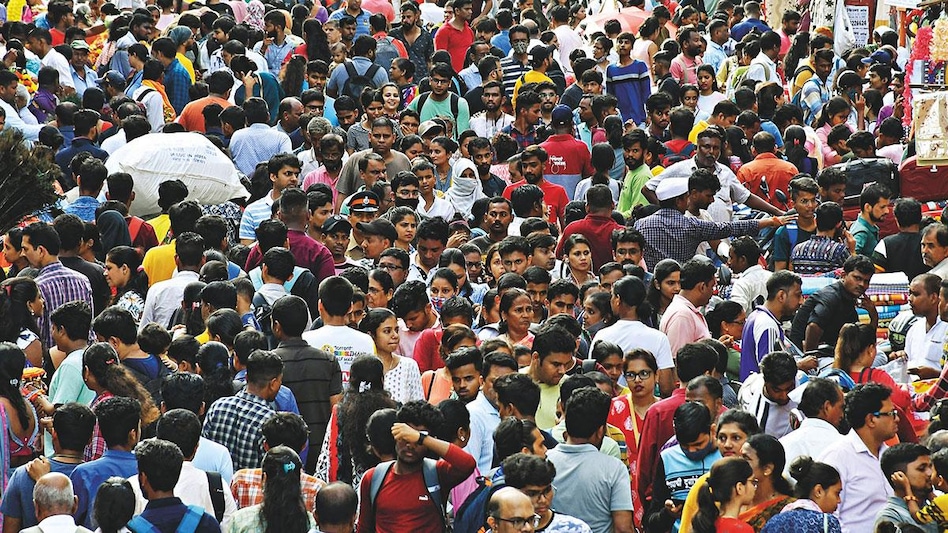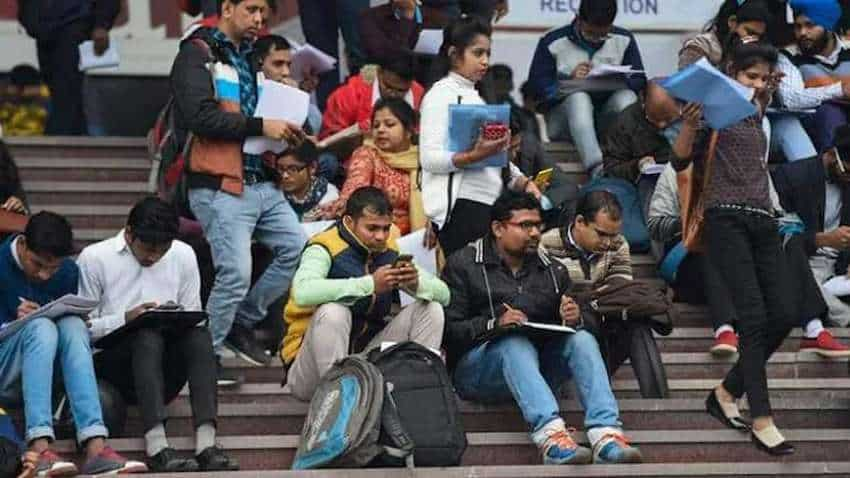Former RBI Governor Subba Rao Rings The Bell On Why We Can’t ‘Celebrate’ Yet On Becoming The 3rd Largest Economy; Truths About Indian Economy That Need Close Scrutiny.

India is expected to become the 3rd largest economy in the world with a GDP of $5 trillion in the next three years and touch $7 trillion by 2030 on the back of continued reforms, according to the Finance Ministry statement on January 29.
Several analysts have also echoed this view, believing India could become the world’s third-largest economy by 2027 or 2030.
For example, according to Morgan Stanley, India’s growth is outpacing other major economies, and it could overtake Japan and Germany by 2027.
Likewise, Livemint also projects India’s GDP to reach $5 trillion by 2027, making it the 3rd largest economy, and to grow at 6% over the next five years.
Similarly, DD News projects India’s GDP to rise from $3.5 trillion in 2022 to $7.3 trillion by 2030, surpassing Japan and Germany and becoming the second-largest economy in Asia-Pacific.
Forbes also cites factors like structural domestic flows and the potential for large unicorn listings that could propel India’s market capitalization beyond $10 trillion by 2030
But who better to answer this burning question than someone with hands-on knowledge and experience of the ‘reality’ of the Indian economy and the ‘factors’ that need careful consideration before we rejoice at what many have predicted?
) At the 14th India Investment Conference by CFA Society India, Dr. Subba Rao Duvvuri, the former Governor of the Reserve Bank of India, discussed the shifts in economic influence and the new world order.
At the 14th India Investment Conference by CFA Society India, Dr. Subba Rao Duvvuri, the former Governor of the Reserve Bank of India, discussed the shifts in economic influence and the new world order.
His speech articulated some very valid points, addressing the big questions that will confront the Indian economy in the coming one, five, and ten years.
So, what were these questions?
He pointed to what analysts have been predicting- that India will grow to become the third-largest economy in the coming years.
But will India come through?
Before we can answer this question, let us look at some of the burning issues that India needs to tackle first –
Current Economic Standing and Implications
India has advanced from being the 10th largest economy to the 5th largest over the past decade, now boasting a nominal GDP of $3.7 trillion.
Among the BRICS nations and G20 countries, India is the poorest, with estimates suggesting it has more impoverished people than the entire continent of Africa.
So now the question that comes to mind is, despite being a large economy, why are we still poor?
The answer lies in India’s vast population and despite it being showed as a positive for India, there are some pertinent questions that need consideration.
 Population and Economic Growth
Population and Economic Growth
India’s vast population of 1.4 billion contributes significantly to its large economy.
However, the challenge lies in accelerating the growth rate while ensuring the benefits of growth are widely shared.
With a current growth rate of 7% and an expected rate of 6.8% over the next five years, questions arise about whether this is sufficient.
Now, let us take a look at our closest competitor- China that is also the second largest economy in the world.
Comparison with China
In 1990, India and China were at similar economic stages. However, China has since become the second largest economy, with a GDP almost five times that of India and a per capita income slightly more than five times India’s.
China is also the largest trading and manufacturing nation, while India’s manufacturing share remains in single digits. China is transitioning to a high-income country, whereas India is on the verge of becoming a middle-income country.
Therefore, are we on track to becoming the third largest economy in the world?
 Infrastructure Development
Infrastructure Development
China‘s rapid economic ascent is significantly attributed to its substantial investments in infrastructure, such as high-speed railways, ports, and urban development.
In contrast, India’s infrastructure development has been slower, and has only picked up in the last couple of years and we have a long way to go.
Innovation and Technology
China has made remarkable strides in innovation, becoming a global leader in technologies such as 5G, artificial intelligence, and renewable energy.
China’s strong emphasis on research and development, along with substantial government and private sector investments, has strengthened its technological advancements.
India, while making progress in its tech sector, needs to significantly boost its R&D spending and foster an ecosystem that encourages innovation and startup growth.
Education and Skill Development
China’s emphasis on education, particularly in STEM fields, has produced a highly skilled workforce that supports its industrial and technological sectors.
India faces challenges in its education system, including disparities in access and quality. Enhancing education and vocational training is essential for India to leverage its demographic dividend and meet the demands of a modern economy.
Hence, it seems that the difference also lies in the quality of growth.
 Quality of Growth
Quality of Growth
Dr. Duvvuri highlighted two disturbing trends in India’s growth—inequality and unemployment.
The unemployment rate ranges from 8-10%, with youth unemployment as high as 40%.
India surpassed China in 2023 to become the most populous country, but this demographic dividend will only be realized if jobs are created. Even graduates from prestigious institutions like IITs are struggling to find placements, raising concerns about employment for the broader population.
Employment in Manufacturing and Services
Dr. Duvvuri questioned whether manufacturing alone can address India’s employment challenges over the next decade. With India’s share of world trade at only 3%, even a 1% increase could significantly impact jobs and the economy.
He stressed the need to tackle high levels of inequality, as widening inequality could reduce overall consumption, thereby harming economic growth.
Additionally, the services sector, particularly IT and financial services, must also expand to create more high-paying jobs.
Growing Rural-Urban Consumption Divide
The disparity between urban and rural areas in India is another significant issue.
Urban centres are experiencing rapid growth, while rural areas lag in terms of infrastructure, healthcare, and education; therefore, bridging this gap is critical for balanced and inclusive growth.
China’s Geopolitical Influence
China’s economic rise has also translated into significant geopolitical influence, through initiatives like the Belt and Road Initiative (BRI) and active participation in global organizations.
India is also seeking to enhance its geopolitical stature, leveraging its strategic location and democratic credentials. However, increasing its economic clout and regional influence will require consistent diplomatic efforts and strategic partnerships.
 Trade Policies and Global Integration
Trade Policies and Global Integration
India needs to craft trade policies that open up new markets and strengthen existing trade relationships.
Active participation in regional trade agreements and organizations like ASEAN and RCEP (Regional Comprehensive Economic Partnership) could strengthen India’s economic standing and geopolitical influence.
The Last Bit, while the projections for India’s economic growth are promising, achieving these targets requires addressing fundamental issues such as poverty, unemployment, inequality, and ensuring that growth benefits are widely shared.
Dr. Duvvuri’s insights, therefore, spotlight the complexities and challenges that lie ahead for India on its path to becoming a major global economy.
Additionally, learning from China’s experience in infrastructure, innovation, education, and geopolitical strategy can provide valuable lessons for India to realize its economic potential.




